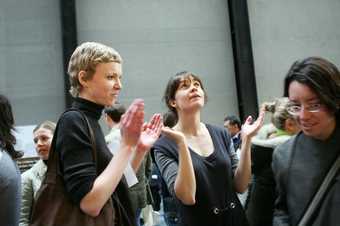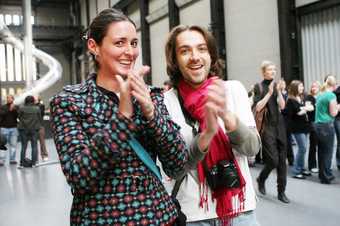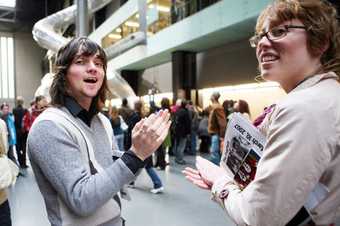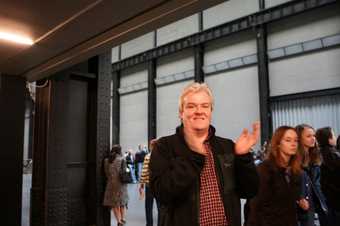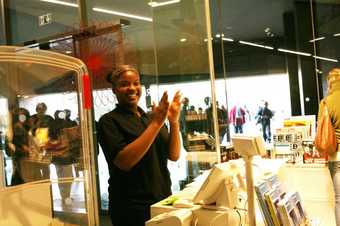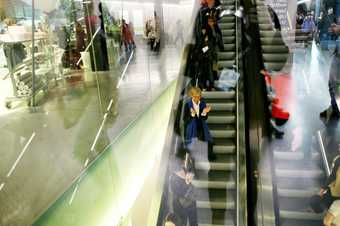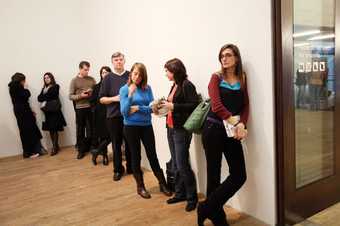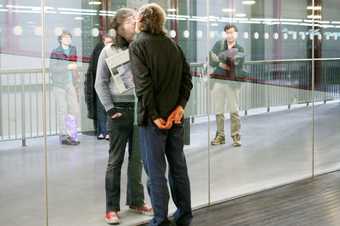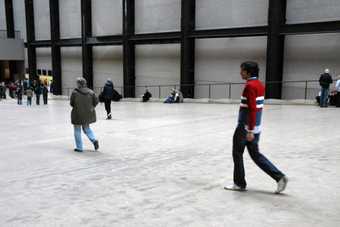On Saturday 10 March 2007, Danish artists Nina Beier and Marie Lund presented Clap in Time (All the People at Tate Modern) as part of the event Actions and Interruptions at Tate Modern. Beier and Lund initiated a simple, large-scale participatory performance in which they asked everyone at Tate Modern to clap their hands in time beginning at 16.00. Before the event – which was scheduled to last five minutes but extended organically to around fifteen – members of staff had been briefed and invited to stop whatever they were doing and to join in for five minutes of clapping.1 Museum visitors were also made aware, by way of printed programmes, that a performance would be taking place at 16.00 throughout the galleries. These programmes, however, did not explicitly request visitors to join in; their role was left ambiguous. Whether they chose to join in depended as much upon their perception of themselves as active or passive participants within the work, as the unspoken pressure in the public space to mirror the collective behaviour of those around them.
The clapping resounded through the museum. While it had been initiated by the two artists, the performance quickly became something beyond their control; the rhythmic clapping built momentum as more visitors were drawn to participate. It was a potentially disruptive force as staff members stopped their work and the normally quiet galleries were made noisy. There was also no obvious way to stop the performance and so the clapping went on.2 This was not a performance to be viewed at a distance, but instead an action in which everyone could participate. In this way, it disturbed the separation of artist and audience. The act of clapping succeeded in reconstituting the norms of behaviour in the museum for visitors and staff, refocusing visitors’ attention away from the art on display and towards their relationship to one another.
Actions and Interruptions was a series of performances which eschewed a traditional performer-spectator set-up and instead happened inconspicuously, unexpectedly, or with little explanation throughout the galleries and public spaces of the museum. The event was intended to explore the space of Tate Modern and people’s relationships to it. The disruptions caused by the unexpected artworks drew attention to how visitors behaved, or were expected to behave, within these spaces and challenged the idea of where attentions should be focused. Beier and Lund’s work drew particularly on the nature of the museum as a public space inscribed with a set of expectations and relationships, which it interrupted with a very simple action.
Acatia Finbow
November 2015

